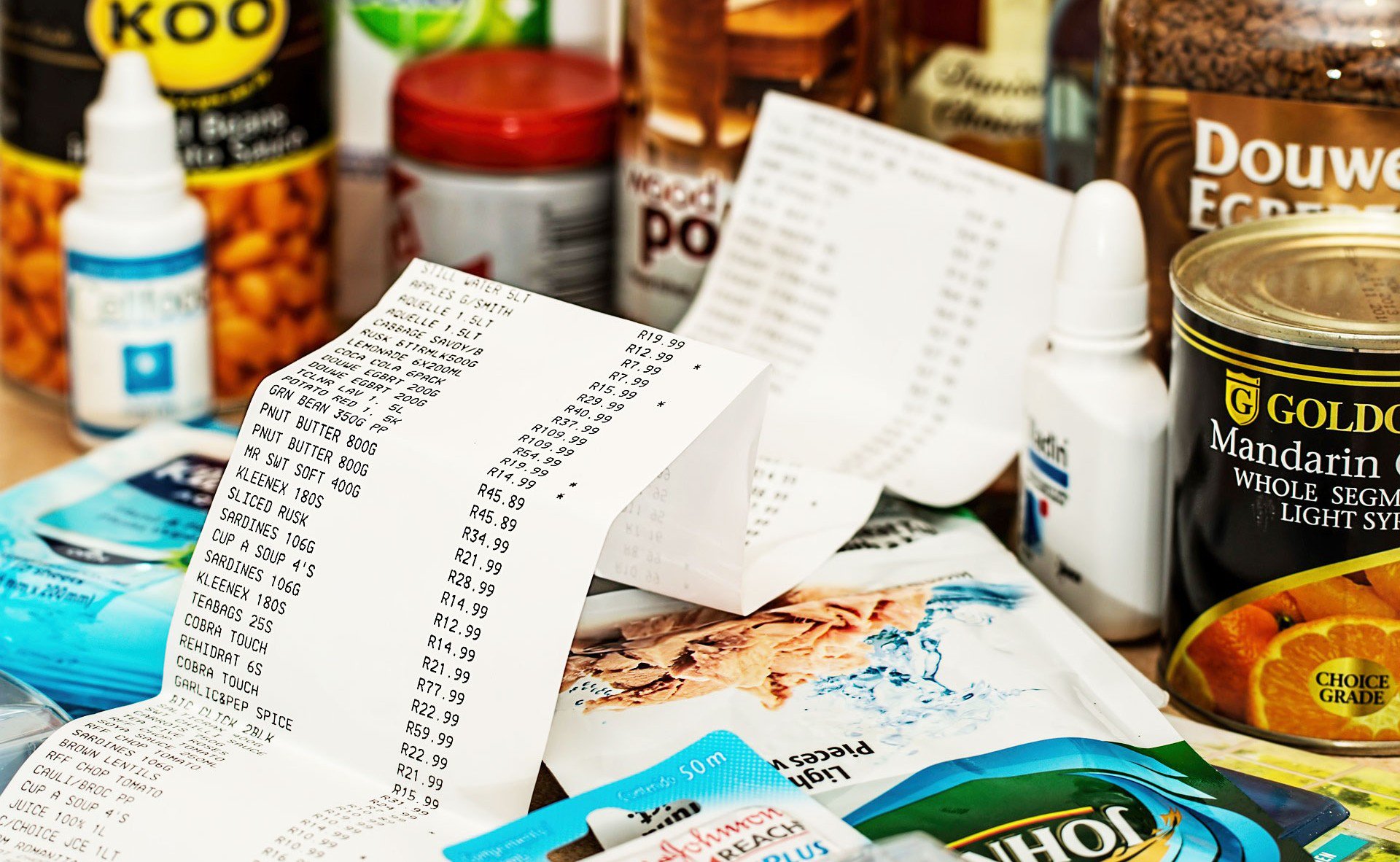
Predicting Chronic Disease with Grocery Bills
Data scientists in Britain have discovered a way to predict the geographic presence of chronic diseases like diabetes using grocery bills, MIT Technology Review reports.
What they did: Researchers at Nokia Bell Labs in Cambridge, U.K., paired 1.6 billion food purchases at the supermarket chain Tesco with 1.1 billion medical prescriptions throughout London.
What they found: Higher consumption of carbohydrates, fat and sugar correlated with higher rates of diabetes, hypertension and high cholesterol. Consumption of fiber and a diversity of nutrients were negatively correlated.
Why it matters: Researchers then used the data from grocery stores to accurately predict high prevalence of chronic disease in London neighborhoods.
- The study “shows that analytics of digital records of grocery purchases can be used as a cheap and scalable tool for health surveillance,” the researchers wrote, and encouraged health insurers to partner with grocery retailers.
Go deeper: See the interactive maps of London researchers made with the data.
